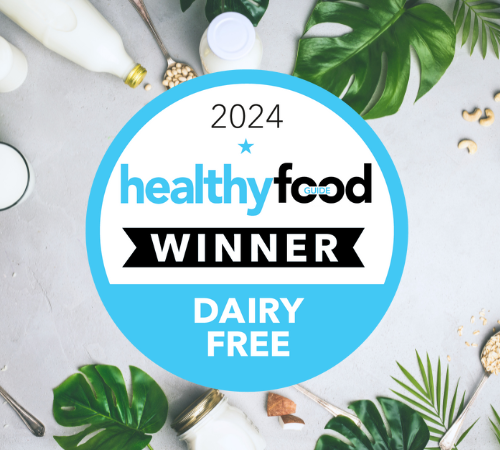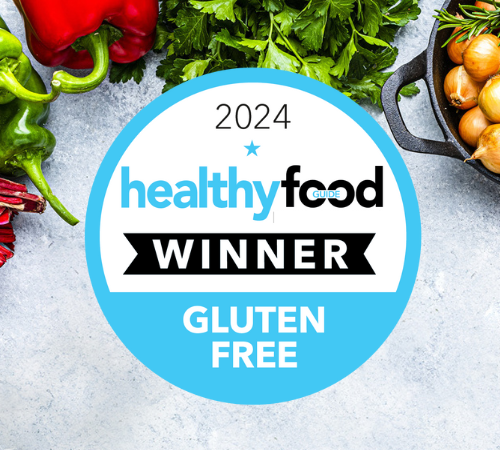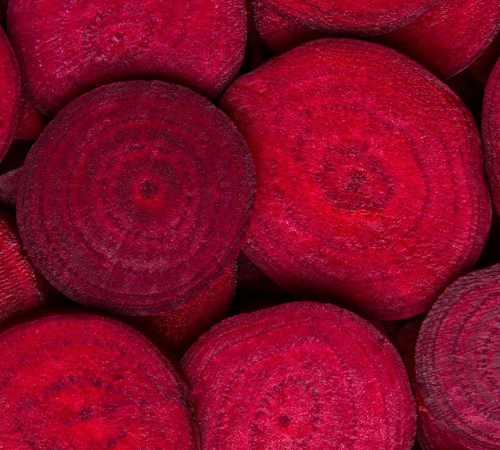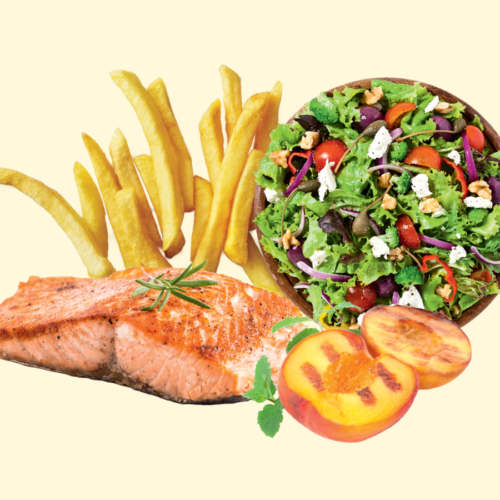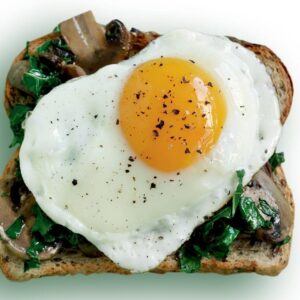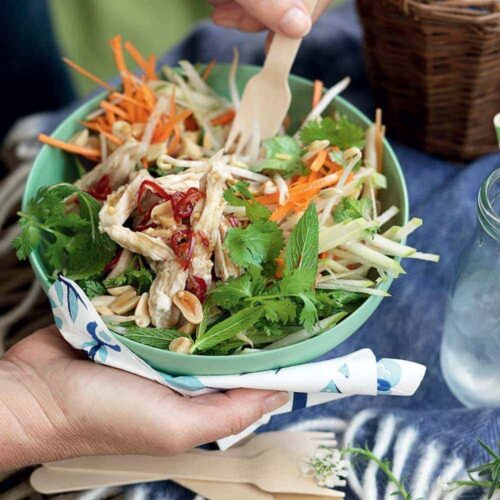
We don’t need a lot of iodine in our diets but many of us don’t get enough.
Iodine is an essential part of thyroid hormones, which play a vital role in maintaining our metabolic rate. Iodine is also critical for normal mental and physical development from conception and throughout childhood. Low iodine levels can cause thyroid diseases and goitre.
The 2008/09 National Nutrition Survey found that nearly 80 per cent of adult Kiwis had some level of iodine deficiency, and this was evident in both men and women of all ages and ethnicities.
The recommended dietary intake for men and most women is 150 micrograms (mcg) per day. However, during pregnancy the RDI is 220mcg for women, and while breastfeeding it’s even higher at 270mcg per day. The Ministry of Health recommends pregnant and breastfeeding women take a daily registered 150 mcg iodine only tablet and eat foods which are important sources of iodine.
Too much iodine, though, can also adversely affect thyroid function, and the upper limit for adults is 1100mcg a day.
Where to find iodine
Seafood: While our soils have low levels of iodine the ocean is rich in this mineral, making kai moana the best source of iodine. Fish, shellfish, seameal custard (made from seaweed), sushi (with seaweed) and seaweed snacks are all excellent sources.
Eggs contain iodine because chicken feed contains iodine.
Milk and yoghurt contain some iodine from the processing at dairy factories.
Bread is fortified with iodine (except for organic and unleavened bread).
Iodised salt: We don’t add a lot of salt during cooking or at the table these days, but when we do it’s worth using an iodised version.

Recipe idea
www.healthyfood.com



